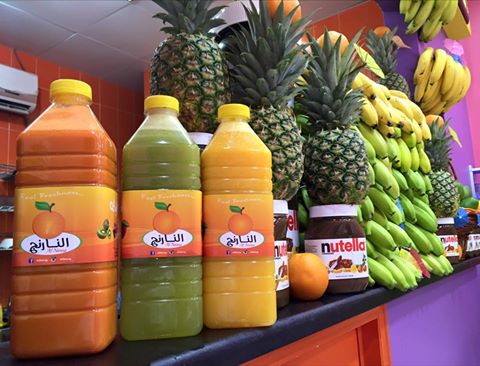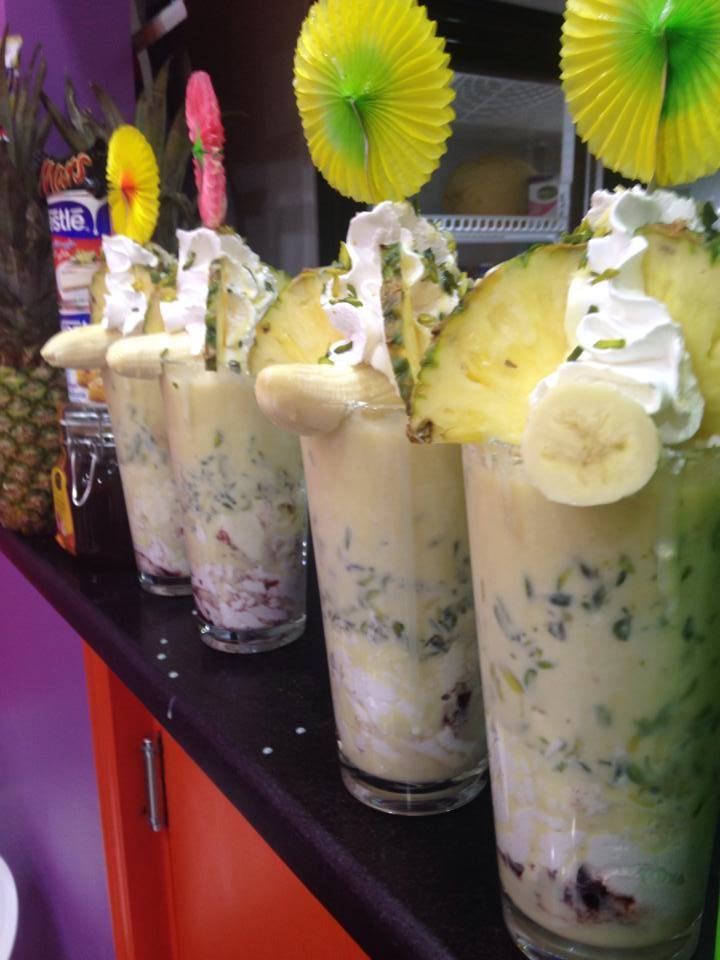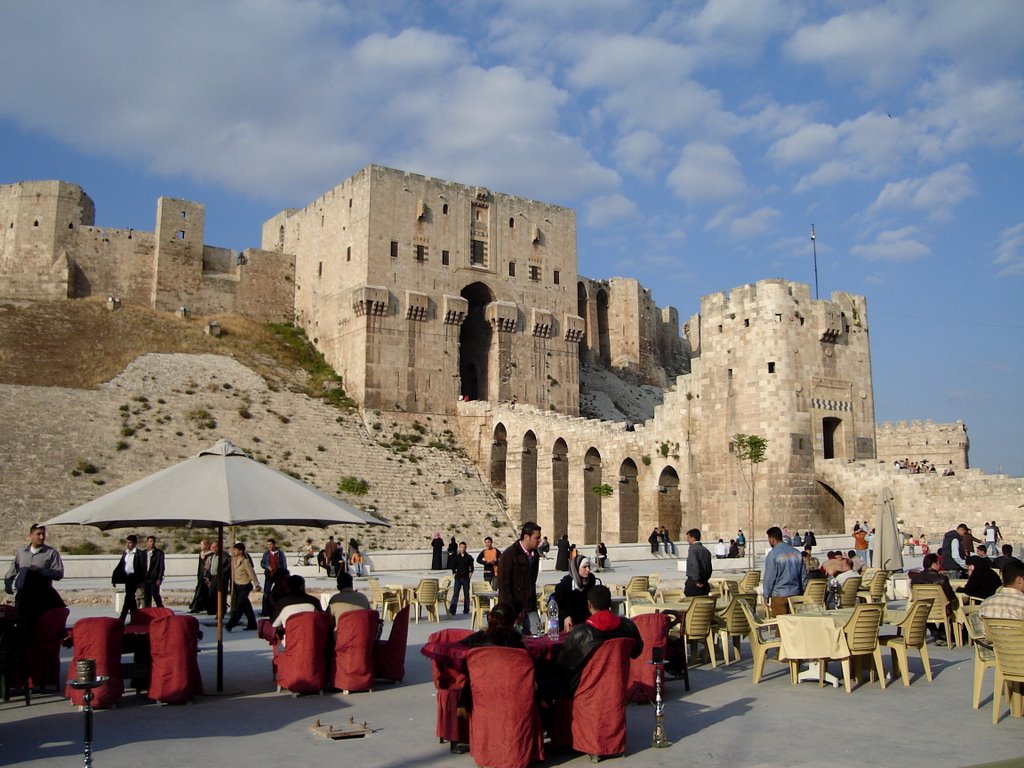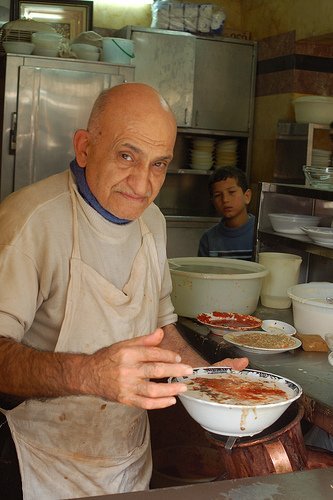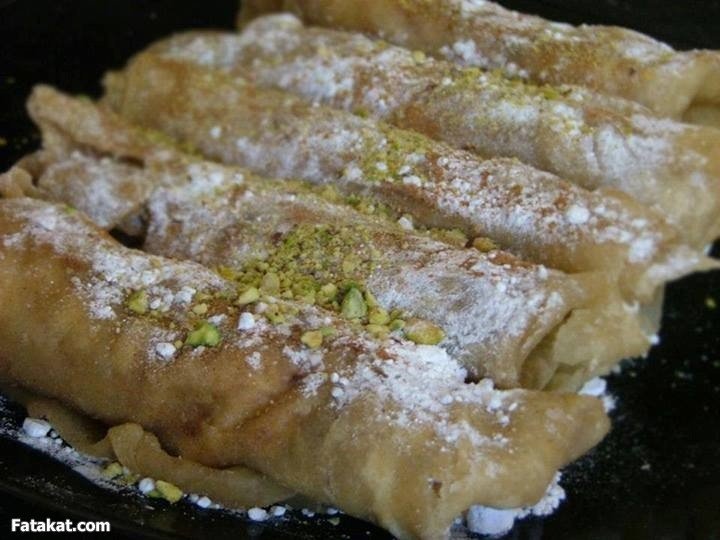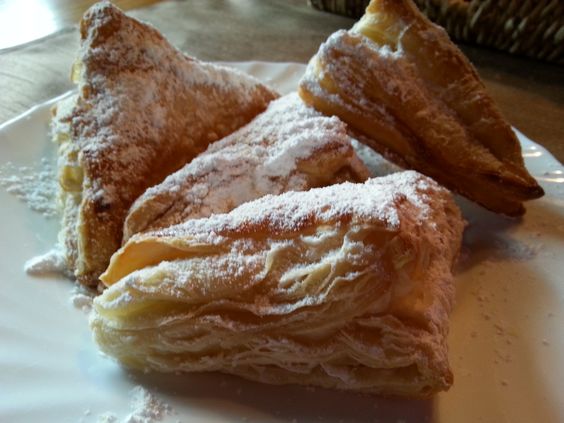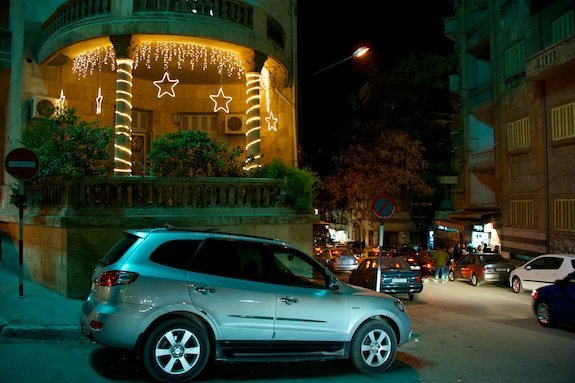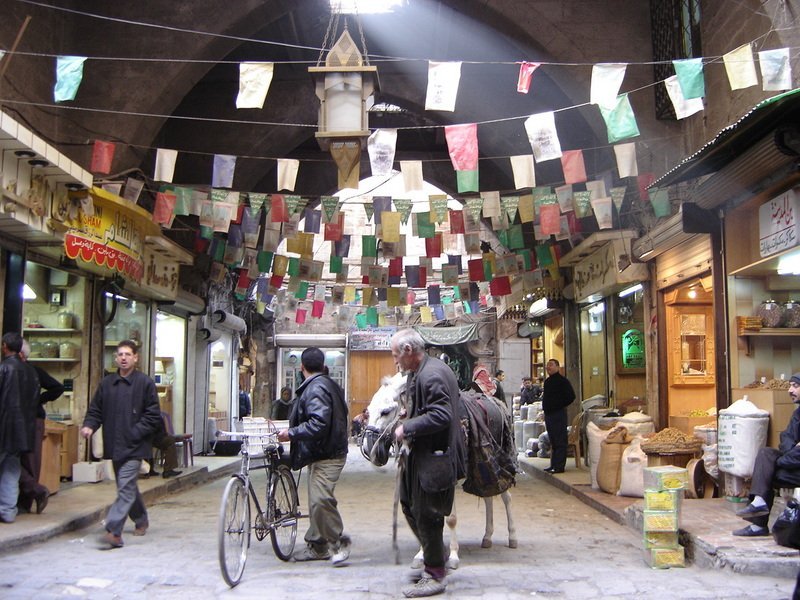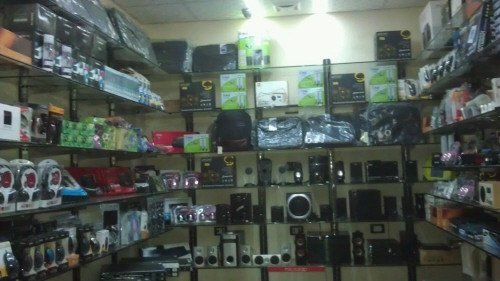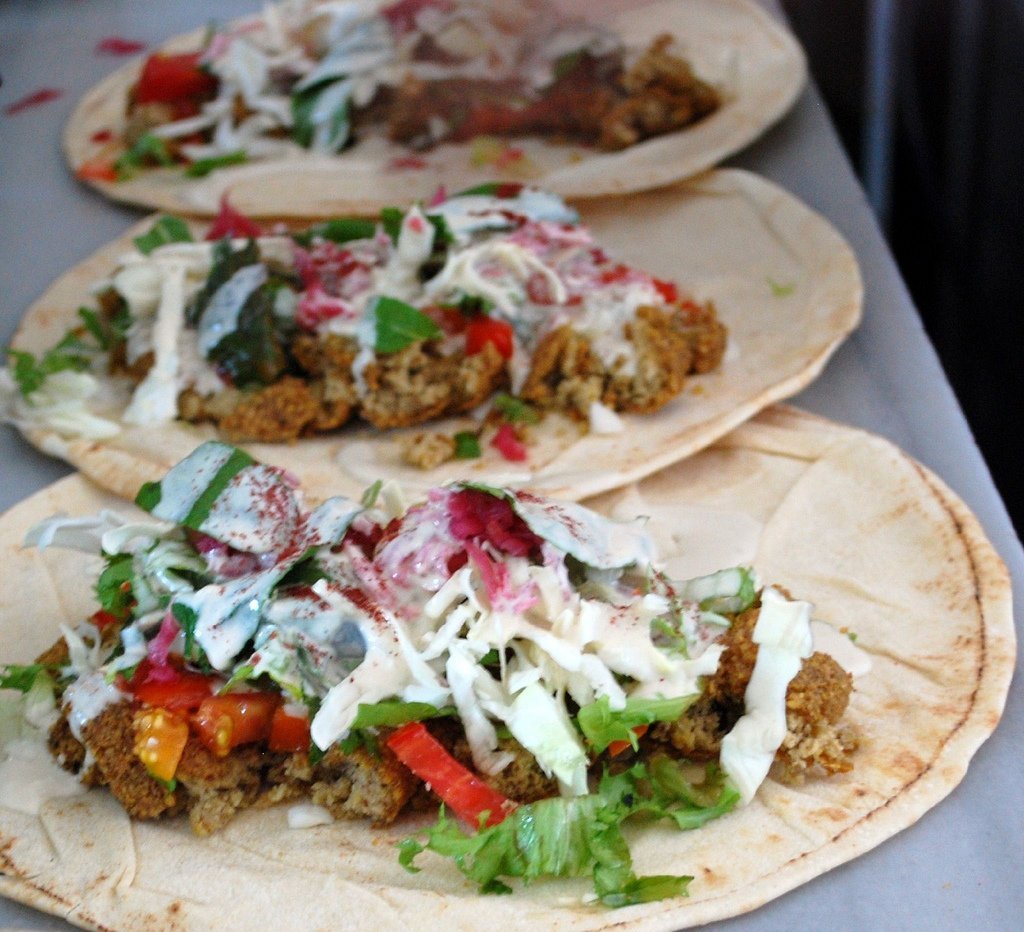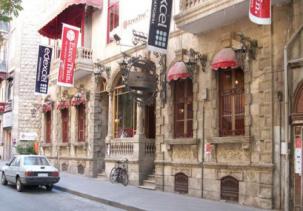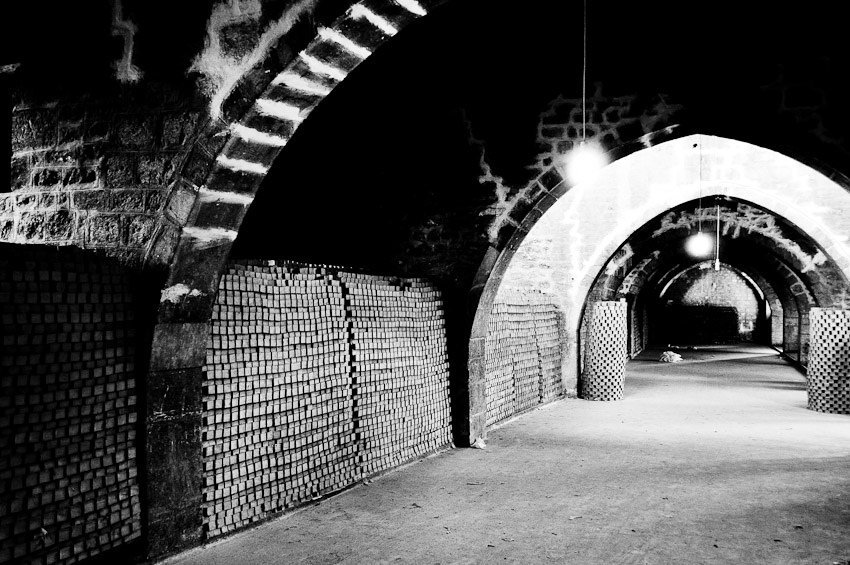
Image 1: Pillowcase with the Syrian Eagle and the eight-edged star
Armenians, like other minorities in Syria, have contributed to and been influenced by Syrian culture, symbols and history. After the Armenian Genocide in 1915, several hundred thousand Armenians deported from Turkey adopted Syria as their new home. Shortly afterwards, in September 1918, the last Ottoman troops left Syria and Faisal Bin Hussain from the Hashemite dynasty became its king. The French mandate ended the independent kingdom of Syria on 24 July 1920. For 26 years, the Syrians struggled to gain their full independence and finally on 17 April 1946, the Syrian Republic emerged. During the early years of independence, a handmade pillowcase was found in Aleppo where the unknown Armenian artist interestingly combined two symbols, one Syrian and one Armenian. As shown in the image (1) below, the finely crafted needlework shows an eagle – the Syrian independence emblem – circled by flowers. Below the eagle, in Arabic script, the artist wrote Al-Jumhuriye al-Suriye, the Syrian Republic. Given the time this piece was made, this is a clear indication of a celebration of independence.
read more
 The Aleppo Project
The Aleppo Project
